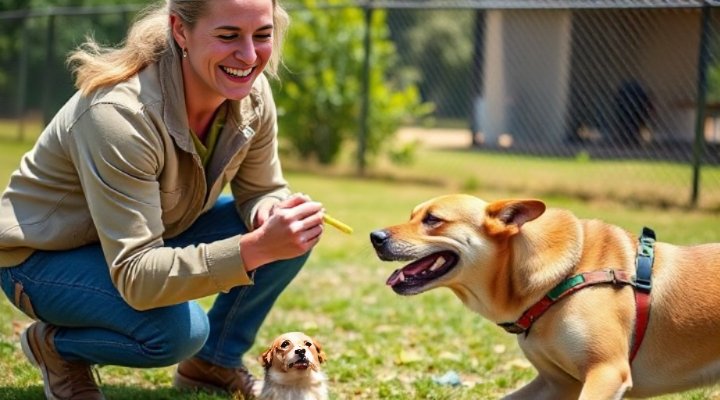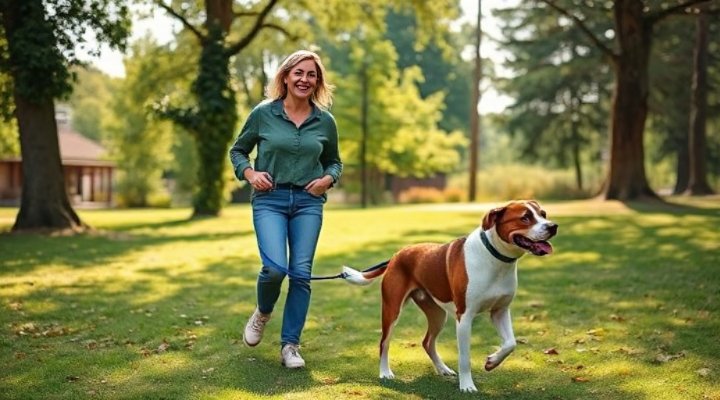Aggressive behavior in dogs can be a significant challenge for pet owners, but with the right professional dog training for aggressive behavior, it can be effectively managed and corrected. Above all, understanding the root causes of aggression is the first step toward a solution.

Understanding Aggressive Behavior in Dogs
Aggression in dogs can stem from various factors, including fear, territorial instincts, or past trauma. For example, a dog that was poorly socialized as a puppy might exhibit aggressive tendencies later in life. Similarly, certain breeds may have a higher predisposition to aggression, but this is not a rule. In other words, every dog is unique, and their behavior depends on their individual experiences and environment.
Meanwhile, it’s essential to recognize the signs of aggression early. These can include growling, baring teeth, or even biting. If you notice these behaviors, seeking professional help is crucial to prevent escalation.

Effective Training Techniques for Aggressive Dogs
Professional trainers use a variety of methods to address aggression. Firstly, positive reinforcement is a cornerstone of effective training. This involves rewarding good behavior with treats, praise, or playtime, which encourages the dog to repeat those actions. For instance, if a dog remains calm in a situation that would typically trigger aggression, a treat can reinforce that calm behavior.
Further, desensitization and counter-conditioning are also widely used. These techniques involve gradually exposing the dog to the source of their aggression in a controlled manner, while simultaneously associating it with positive experiences. Consequently, the dog learns to replace aggressive reactions with calm ones.

Choosing the Right Professional Trainer
Not all trainers are created equal, and finding the right one for your dog is vital. Look for trainers with experience in aggressive dog behavior and certifications from reputable organizations. Additionally, ask for references or read reviews to ensure their methods are humane and effective.
Moreover, some trainers offer board and train programs, where your dog stays with the trainer for intensive sessions. This can be particularly beneficial for severe cases of aggression.
What to Expect During Training
Training an aggressive dog is not an overnight process. It requires patience, consistency, and time. Most importantly, owners must be willing to participate in the training and follow through with the techniques at home. After all, the goal is to create a lasting change in the dog’s behavior.
Subsequently, you should see gradual improvements, such as reduced growling or increased tolerance in stressful situations. However, setbacks can happen, and it’s important to stay committed.

Conclusion
In conclusion, professional dog training for aggressive behavior is a highly effective way to address and correct aggression in dogs. By understanding the causes, employing proven techniques, and working with a qualified trainer, you can help your dog become a happier and more balanced companion. Remember, the journey may be challenging, but the results are well worth the effort.
For more tips on dog training, check out our articles on correcting bad habits and reactive dog training.
Related Keywords: dog aggression training, aggressive dog behavior, dog training techniques, professional dog trainers, correcting dog aggression
